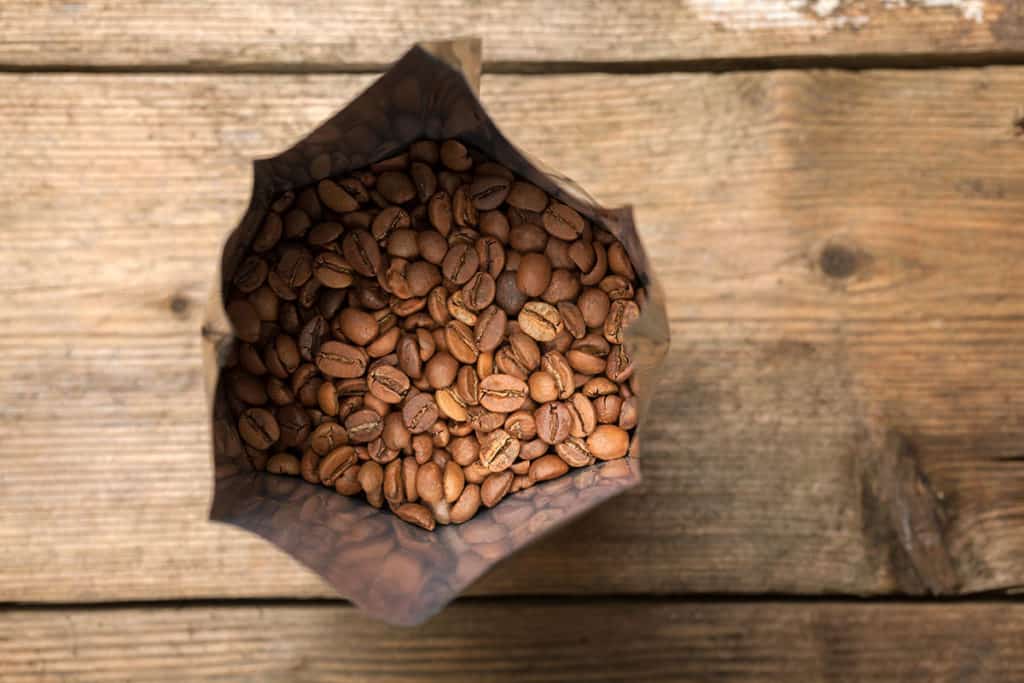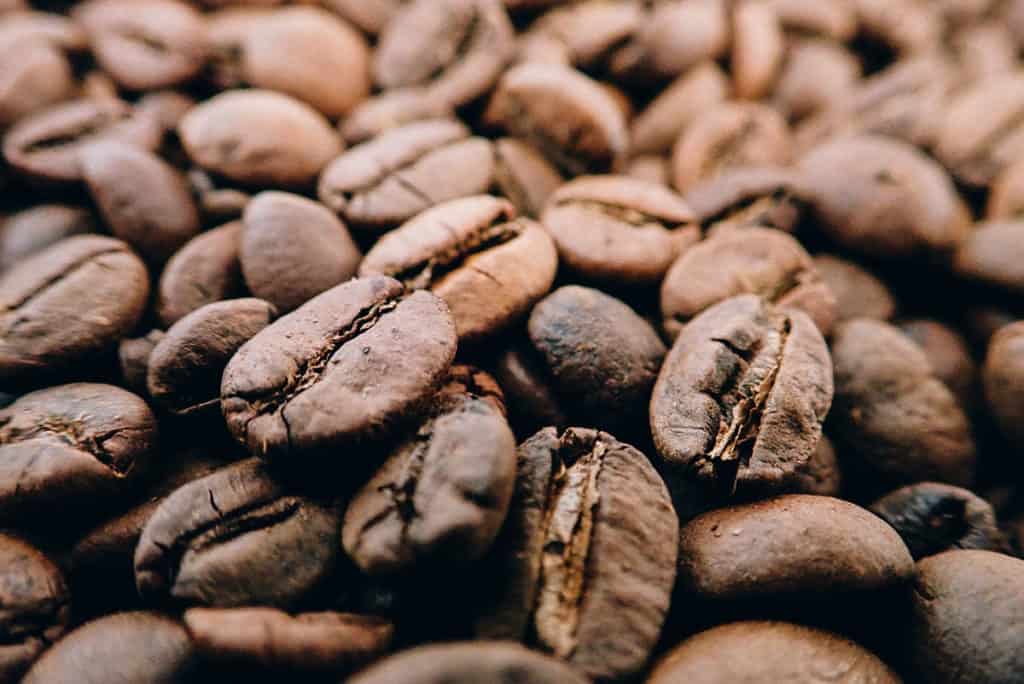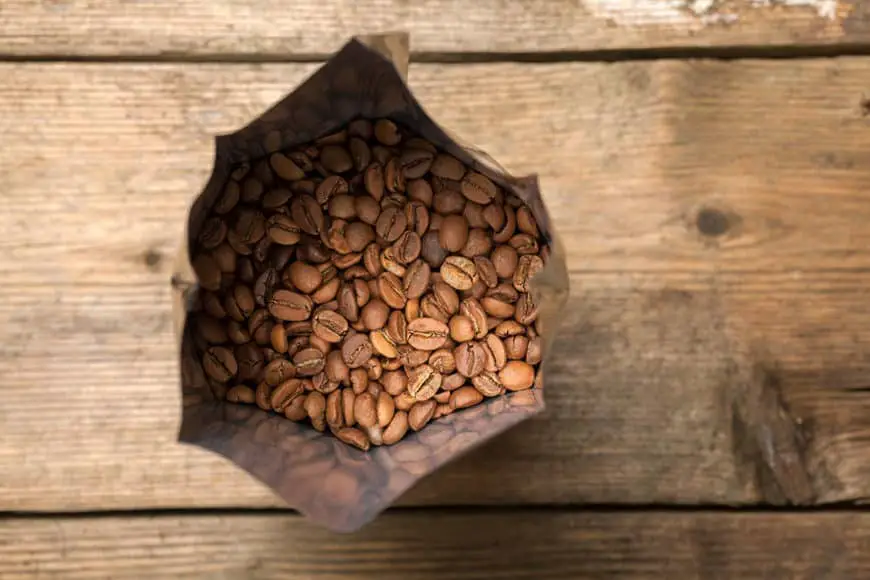
Ever found yourself with more coffee than you can brew in a week, maybe from a tempting bulk sale or an overzealous online order? You might be wondering what to do with the extra beans to keep them fresh. One question that often pops up is whether storing coffee in the freezer is a good idea. Spoiler alert: it’s usually not the best choice. Freezing coffee can compromise its flavor and aroma, but there are better ways to preserve that fresh-roasted taste you love. Let’s dive into why the freezer isn’t your coffee’s best friend and explore the smartest storage methods to keep your beans at their peak.
Why Freezing Coffee Beans Is Rarely a Good Idea
As a coffee enthusiast, you likely have your go-to beans, brewing method, and maybe even a favorite mug ready for that morning ritual. But how you store your coffee can make or break the quality of your brew. Many assume the freezer is a safe haven for preserving coffee, but the reality is more complicated. Coffee beans are sensitive to their environment, and freezers introduce challenges that can dull their vibrant flavors.
Moisture: Coffee’s Silent Enemy
Coffee beans are hygroscopic, meaning they eagerly soak up moisture from their surroundings. While freezers might seem dry, they’re not immune to moisture buildup, especially in refrigerator-freezer combos where air circulates between compartments. Every time you open the freezer door, warm air sneaks in, potentially creating condensation. If your coffee isn’t stored in a perfectly airtight container, this moisture can seep into the beans, diluting their essential oils and altering their taste. Even standalone freezers can develop moisture if opened frequently, making them less than ideal for coffee storage.
Odor Absorption: The Freezer’s Hidden Threat
Coffee is also porous, acting like a sponge for nearby odors. If you’ve ever tossed out freezer-burned food, you know that freezers aren’t odor-proof. Storing coffee near fish, frozen pizza, or other pungent items can lead to off-flavors in your brew. Imagine sipping coffee with hints of last week’s lasagna—not exactly the caramel or blueberry notes you were hoping for. Even in a sealed container, trace odors can infiltrate if the seal isn’t robust, compromising the coffee’s aroma and flavor.
The Freeze-Thaw Cycle: A Flavor Killer
Another issue with freezing coffee is the freeze-thaw cycle. If you take your coffee out of the freezer, scoop out a portion, and return the rest, you’re introducing temperature fluctuations that invite moisture. Thawing and refreezing can cause the beans’ essential oils to migrate to the surface, only to dissipate when thawed, leaving your coffee flat. This cycle can also create micro-cracks in the beans, accelerating oxidation and flavor loss. For daily coffee drinkers, this process is more hassle than it’s worth, especially since most coffee is already past its peak freshness by the time it reaches your kitchen.
The Stale Reality of Store-Bought Coffee
Here’s an inconvenient truth: most grocery store coffee is already stale when you buy it. Coffee is at its freshest within one to two weeks of roasting, with some enthusiasts arguing it’s best within days. Yet, many commercial brands don’t list roast dates, and their beans or grounds may have been sitting on shelves for months. Freezing these already-aged beans won’t revive their freshness—it’s like trying to preserve a loaf of bread that’s already gone stale. For everyday coffee, freezing often does more harm than good.
When Freezing Coffee Might Make Sense

While freezing coffee isn’t ideal for daily use, there are rare cases where it can be a viable option, particularly for bulk buyers or collectors of specialty beans. If you’ve snagged a large batch of freshly roasted coffee or want to preserve a limited-edition roast, freezing can extend its life—but only if done correctly.
To freeze coffee effectively, portion it into small, airtight containers or vacuum-sealed bags, each holding about one to two weeks’ worth of beans. This minimizes the need to open and refreeze the same container repeatedly. Use high-quality, freezer-safe containers to prevent air and moisture infiltration. Once you remove a portion from the freezer, let it thaw to room temperature before opening to avoid condensation, and never refreeze it. Ideally, use the thawed coffee within two weeks for the best flavor. For long-term storage, a deep freezer is better than a refrigerator-freezer, as it maintains a more consistent temperature and is opened less often.
However, even with these precautions, freezing can subtly alter the coffee’s flavor. Some experts note that frozen beans may stale faster once thawed, so it’s a method best reserved for situations where you can’t consume your coffee within a month. For most coffee lovers, proper room-temperature storage is simpler and more effective.
The Best Way to Store Coffee Beans
To keep your coffee tasting its best, focus on shielding it from its four main enemies: air, moisture, heat, and light. The pantry or a cool, dark cupboard is the ideal spot for storing coffee beans or grounds. Here’s how to do it right:
Choose the Right Container
Invest in an opaque, airtight container made of ceramic, stainless steel, or high-quality plastic. Clear glass or plastic canisters may look chic, but they let in light, which can degrade the coffee’s flavor through photodegradation. Containers with one-way valves, like those used by many roasters, are excellent because they allow carbon dioxide (released by freshly roasted beans) to escape without letting oxygen in. Vacuum-sealed canisters, such as the Fellow Atmos, take it a step further by removing air entirely, offering top-tier freshness preservation. If you’re using the original coffee bag, ensure it’s resealable with a one-way valve, or transfer the beans to a better container once opened.
Keep It Cool and Dry
Store your coffee in a cool, dry place, ideally between 50 and 70°F. Avoid areas near the oven, stove, or windows that catch afternoon sun, as heat can accelerate staling. Humidity is another foe, so steer clear of cabinets near the sink or dishwasher. A stable environment is key—temperature fluctuations can cause condensation, even in a pantry.
Buy Smart and Grind Fresh
To maximize freshness, buy coffee in small batches, enough for one to two weeks. Whole beans stay fresh longer than pre-ground coffee because they have less surface area exposed to air. Grind your beans just before brewing to preserve their aroma and flavor. If you’re buying pre-ground coffee, use it within a week, as it stales much faster.
Table: Coffee Storage Methods Compared
| Storage Method | Pros | Cons | Best For |
|---|---|---|---|
| Pantry/Cupboard | Simple, maintains flavor, no moisture risk, convenient | Limited shelf life (1-2 weeks for optimal flavor) | Daily coffee drinkers, small batches |
| Airtight Canister | Blocks air and light, extends freshness, stylish | Can be pricey, requires proper placement away from heat | Regular use, whole beans |
| Vacuum-Sealed Canister | Maximizes freshness by removing air, ideal for specialty beans | Higher cost, slightly more effort to use | Coffee enthusiasts, longer-term storage |
| Freezer | Can extend life for bulk coffee, preserves rare roasts | Risk of moisture and odor absorption, flavor loss from freeze-thaw cycle | Bulk buyers, long-term storage (1 month) |
| Refrigerator | None for coffee storage | High humidity, odor absorption, temperature fluctuations | Not recommended |
Practical Tips for Coffee Freshness
Beyond storage, your coffee habits can make a big difference in the quality of your brew. Buy from roasters who list roast dates and opt for brands that use valve-sealed bags over vacuum-sealed ones, as the latter may be aged before packaging. If you’re a casual drinker, consider a coffee subscription service to get fresh beans delivered regularly in manageable quantities. For bulk buyers, divide your coffee into smaller portions and store most of it in airtight containers in the pantry, keeping only a week’s worth on the counter for easy access.
If you notice your coffee tasting flat or lacking aroma, it might be a storage issue. Check if your container is truly airtight, ensure it’s not exposed to light or heat, and verify that you’re using the coffee within its freshness window. For the ultimate coffee experience, treat your beans like a fresh ingredient—buy what you need, store it thoughtfully, and brew it with care.
Final Thoughts: Fresh Coffee, No Freezer Needed
Storing coffee beans in the freezer might seem like a clever hack, but it often does more harm than good. Moisture, odors, and the freeze-thaw cycle can rob your coffee of its rich flavors and aromas, leaving you with a lackluster brew. Instead, embrace the simplicity of room-temperature storage in an opaque, airtight container, tucked away in a cool, dark pantry. By buying fresh, grinding just before brewing, and storing smartly, you’ll ensure every cup is as delightful as the last. So, skip the freezer, savor the freshness, and let your coffee shine.

